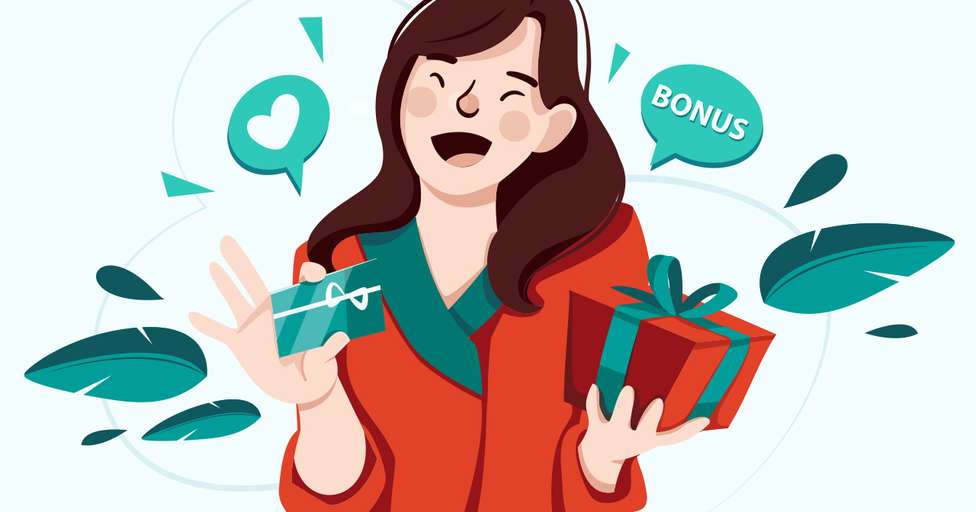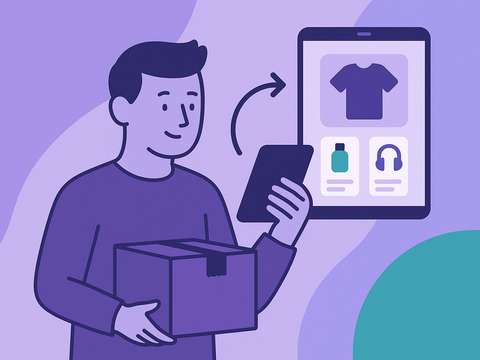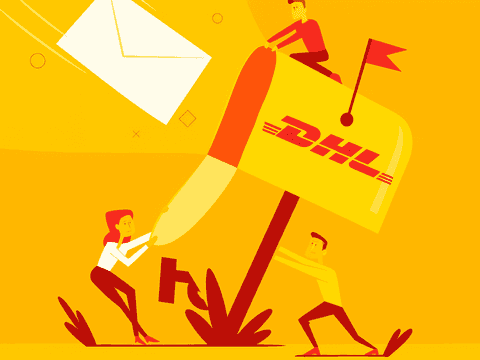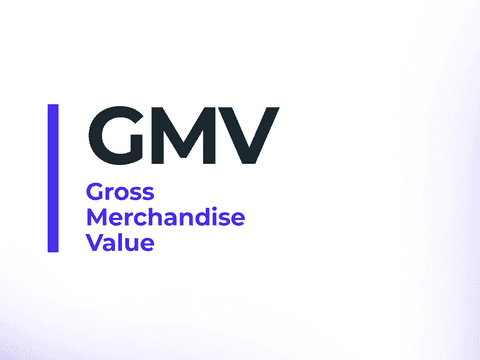Did you know that customer loyalty and retention is one of the most important business aspects in terms of growth?
Now, what exactly is the difference between customer loyalty and customer retention?
Discover the value of customer loyalty and retention, how to measure them with KPIs, how to increase them, and discover some software systems to increase this metric.
Customer loyalty vs customer retention: the difference
Customer loyalty helps businesses find out the level of satisfaction of customers regarding their product, service, or brand. Customer loyalty informs how likely a buyer is to recommend that company or product.
On the other hand, customer retention is a metric that revolves around the likelihood of existing clients to continue to use your products or services, even though they may not be engaged with the brand or completely satisfied.

What is the value of customer loyalty and retention?
Customer loyalty and retention —and the resources and profits it can bring— may actually be worth more than attracting new customers.
Generally speaking, it’s much more profitable to build loyalty than to attract new customers, simply because guiding new users to conversion requires more resources than promoting a repeat purchase.
Benefits of customer loyalty and retention
- Loyal customers make repeated purchases
- It brings brand recognition organically, attracting new users
- It requires fewer costs than customer attraction and bring more sales possibilities
- Loyal customers give feedback to improve the brand and products
How to measure customer loyalty
Net promoter score (NPS)
Generally speaking, the net promoter score (or “NPS”) is calculated based on how customers answer, “Would you recommend our product or service to a friend, colleague, or relative?”
It is a fairly simple metric to track and calculate loyalty (and doesn’t require many resources), and gives a clear view of what customers think about your brand or product.By also allowing your customers to choose from 1 to 10 or 1 to 5, you can obtain quantitative data, too.
Repeat purchase rate (RPR)
The repeat purchase rate (RPR) is calculated by dividing the number of buyers that made at least two purchases in a time period by the total number of buyers during that same period.
Depending on the industry, what is considered a good RPR will vary. For instance, the repurchase rate from a supermarket will vary considerably from that of a clothing store or from a furniture store.
Related to the repeat purchase rate is the purchase frequency. This metric is calculated by dividing the total number of orders by the number of single buyers an eCommerce business has.
Upsell ratio
The upsell ratio represents how many customers choose to repurchase another product after being part of an upselling campaign. Normally, the results of this calculation are shown in the form of a percentage.
This rate, while similar to the repurchase rate, gives different results since the repurchase rate might imply being loyal to a specific product. The upsell ratio gives a clear indication of how likely the customer is to buy and try other products, simply because of the trust they have in the brand.
Customer lifetime value (CLV)
The customer lifetime value is used to track how long customers stick with a brand since they become customers until they stop purchasing products or decide to buy from competitors.
The longer you can keep customers, the better your CLV will be and more customer loyalty and retention you will achieve.
Customer loyalty index (CLI)
The customer loyalty index (CLI) is a metric that combines multiple KPIs such as the NPS, the upselling rate, and the repurchase rate.
To combine all this data, the customer will have to answer a questionnaire sharing their likelihood to recommend the brand, their interest in trying new products, and the chances of buying from the company again.
These questions can be answered with words or by giving a numerical score. This will mean that gathering the data and obtaining results will be easier and faster.
The CLI should be tracked periodically to have a record of the strategies implemented for customer loyalty and retention.
The CLI KPI gives a more complete view, compared to tracking only one of the metrics included in this KPI. The downside of this metric is that it purely relies on customers’ answers (instead of real behaviour).

Read more about eCommerce KPIs to start tracking other important metrics for online stores.
How to improve customer loyalty and retention
Here are some strategies you can implement to foster loyalty and customer retention:
1. Offer personalized service
Perfecting your communication with customers through different channels is essential when it comes to building loyalty.
For instance, make sure that in your strategy, your users feel like they are receiving personalized treatment by addressing them individually and aiming to solve their problems while adding value to the shopping experience.
Don’t limit this personalization to customer support. Implement it in all your communications: social media content, email marketing campaigns, and any other element that is related to your brand image.
Shoppers appreciate the “human” touch in brands.
2. Keep your promises
There’s nothing more detrimental to the satisfaction of a customer than a company that doesn’t provide what was promised.
Offering added value doesn’t make sense if the fundamental premises aren’t fulfilled with the purchase.
For instance, if you promise easy and free returns, but the process of returning a product involves additional tasks, the need to go to a post office, or to fill in a form, it’s likely these customers won’t come back.
Honesty is a fundamental value to building loyalty.
3. Teach your employees how to treat customers
Gone is the idea of customers contacting a business through one channel. From support to sales and marketing, your employees must know how to address the needs and wishes of customers.
Multi-channel strategies mean that every person who can come into contact with a customer should know about the qualities of the product, the most recurring problems customers face, or the competitive advantages of your company over the competition.
This will allow you to build a solid business discourse.
4. Optimize your post-checkout phases
All the actions after payment solidify the perception that a customer has of you. Regardless of the quality of your products, delivery delays, poorly executed returns, or frequent shipping issues can make the customer feel neglected.
The return process is one of the elements to a) make a customer buy in the first place and b) make a repeat purchase and become a frequent buyer.
We always recommend taking care of the return policy.
5. Share your successes and failures
Communicating with your customers with transparency helps to strengthen the ties you have with them —even if it’s about something that went wrong!
In fact, we advise using negative feedback as a chance to improve your customer service by replying fast and politely.
Just as important as using negative comments to your advantage is proudly promoting your successes to highlight the most positive aspects of your company.
Create a sense of belonging and share your achievements with customers.
6. Create a loyalty program
Loyalty programs are strategies used to foster loyal customers and prevent them from forgetting about you once the deal is done. Loyalty programs can be implemented through a points reward or a subscription plan.
Customer loyalty and retention software
Outvio
Build unique and unforgettable post-checkout service for your customer with Outvio. This platform for online stores includes all the functionalities required to automate daily tasks and optimize everything that happens after customers make a purchase to increase customer loyalty.
Automated national & international shipments and returns, interactive shipment tracking, and email marketing tools are just a few of the advantages of using Outvio.
Hubspot
Hubspot is one of the world's leading CRMs. With this program, you can manage customer-brand relationships and unify the internal and external communication in a single tool. In this way, all employees have access to the same information and can work with the loyalty of its customers.
Giftbit
Giftbit is a program designed to automatically send gift cards to the contacts on a database. Additionally, you can monitor the results of a campaign to draw conclusions and better segment future campaigns.
FAQ about customer loyalty and retention
What is the difference between customer satisfaction and customer loyalty?
The most important difference between customer loyalty and customer satisfaction is that loyalty appears when the user has a feeling of preference towards that brand, while customer satisfaction means that the shopping experience met all the expectations. In other words, loyalty is the next step to satisfaction.
Are there different types of loyal customers?
People are loyal for various reasons, but it’s relatively easy to group them into five categories: price-loyal, program-loyal, convenience-loyal, freebie-loyal, and truly loyal customers.
Conclusion
Implementing strategies to build loyalty and increase customer retention isn't always easy. However, the ROI of all actions carried out with the consumer in mind tends to play in favour of the eCommerce business, benefiting them in the long run.
After discovering the difference between customer loyalty and retention, the value it can bring to businesses, how you can increaseit, and KPIs to track, choosing the best software system to improve customer service is the next logical step if you want your profits to grow exponentially.




